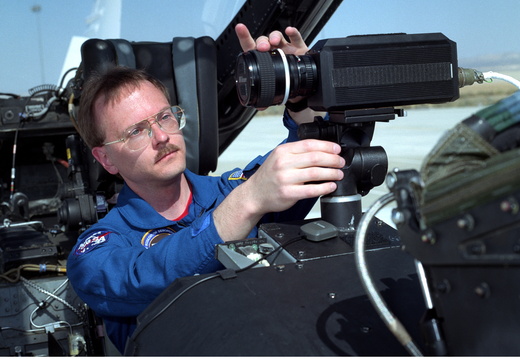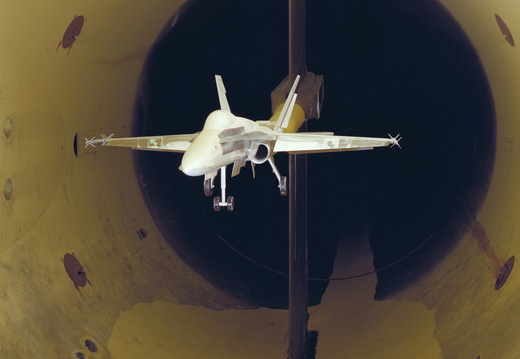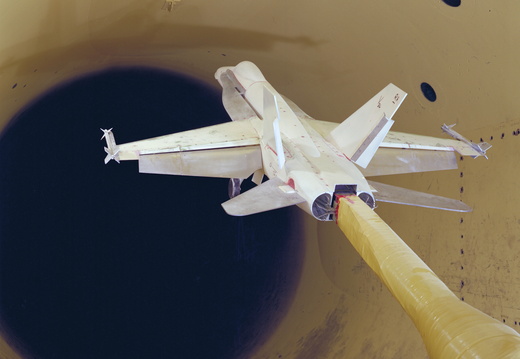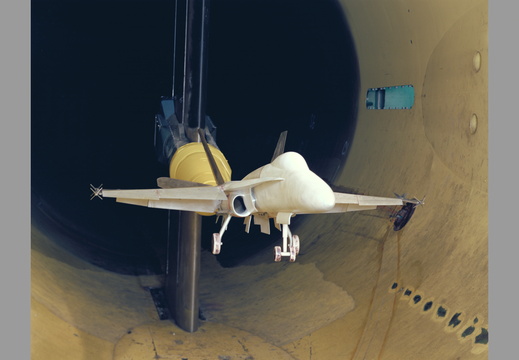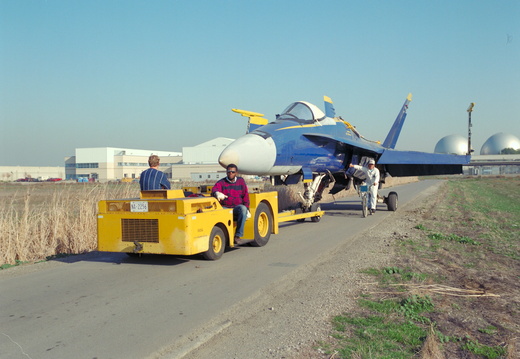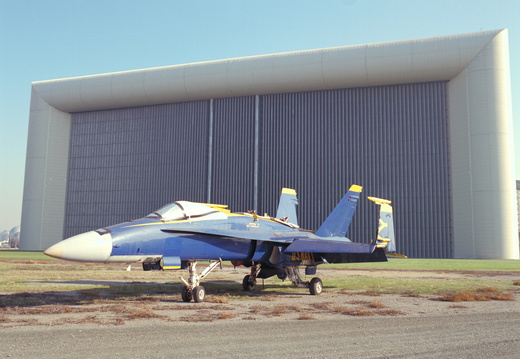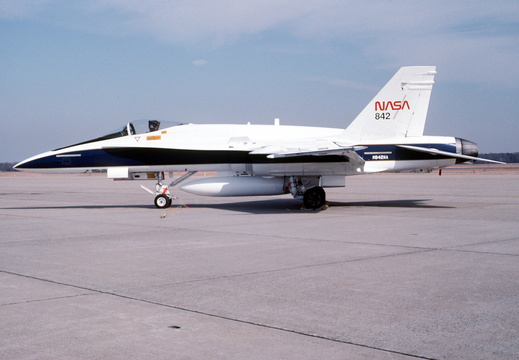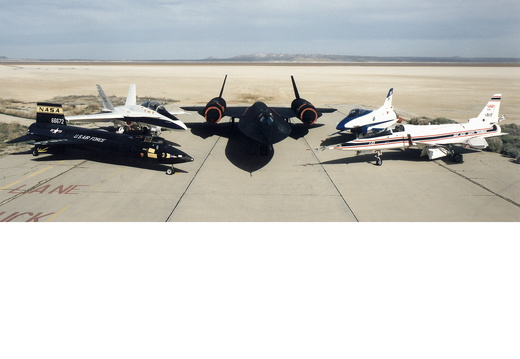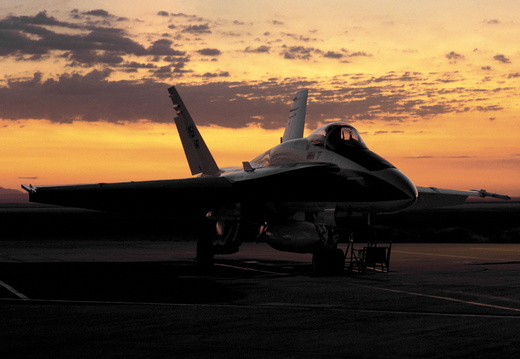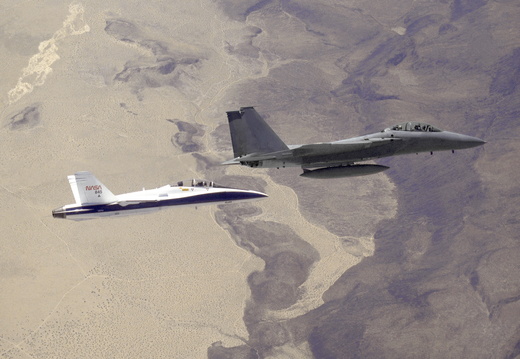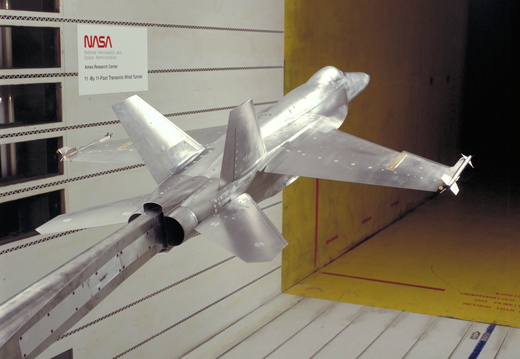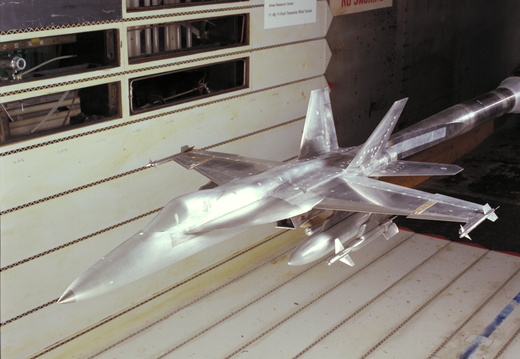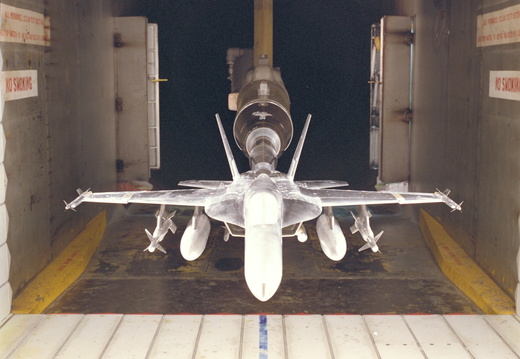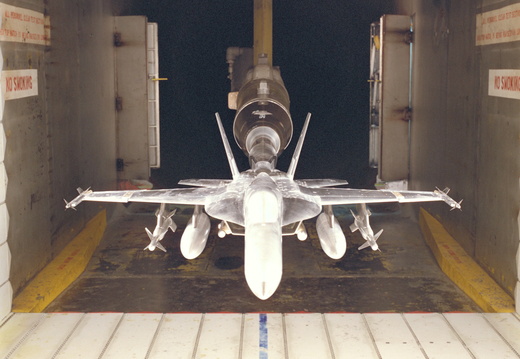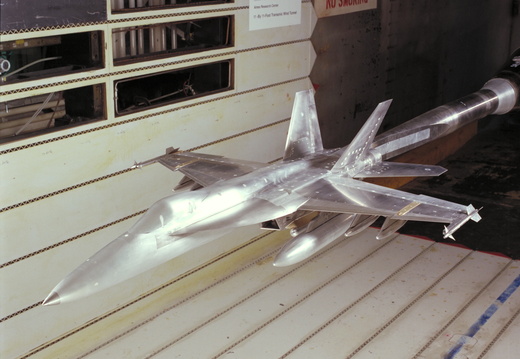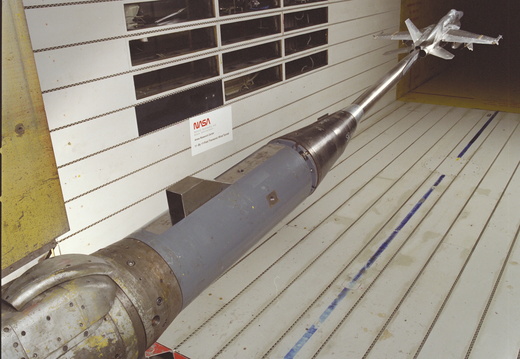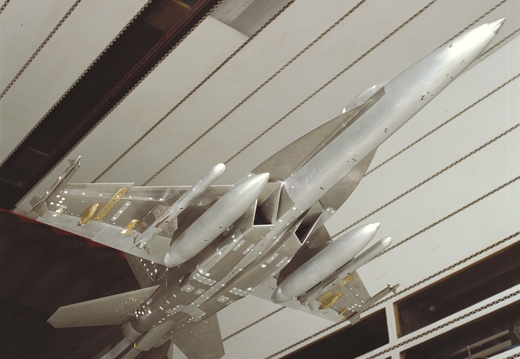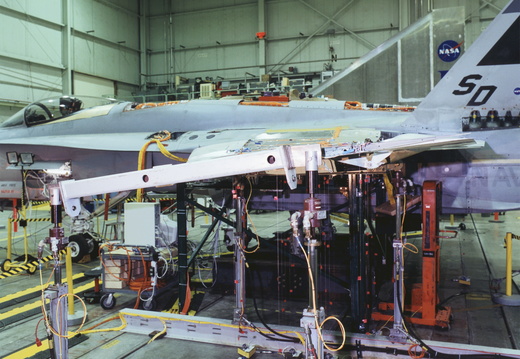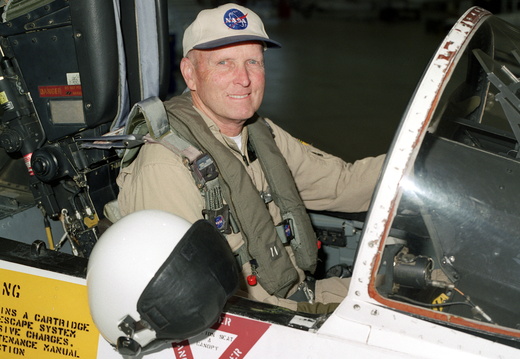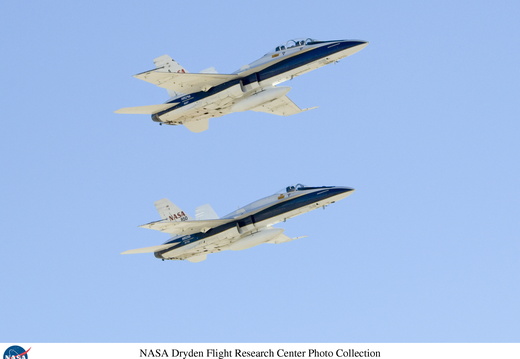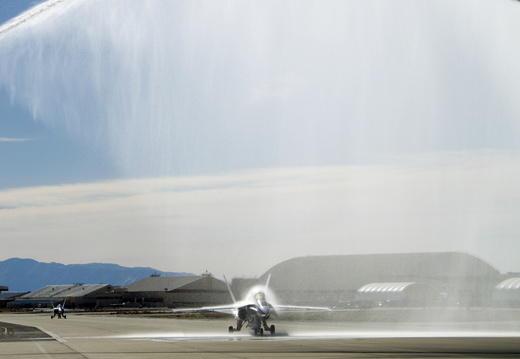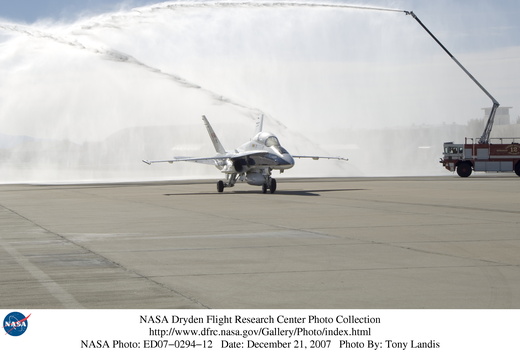
AAR
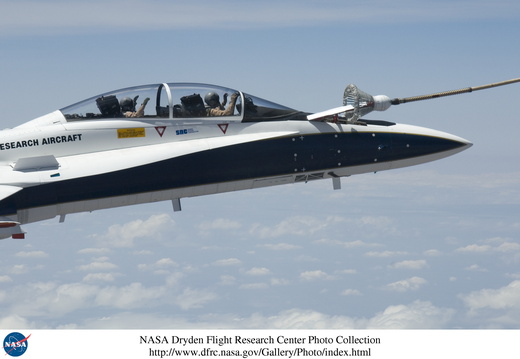
AARD

Autonomous Formation Flight
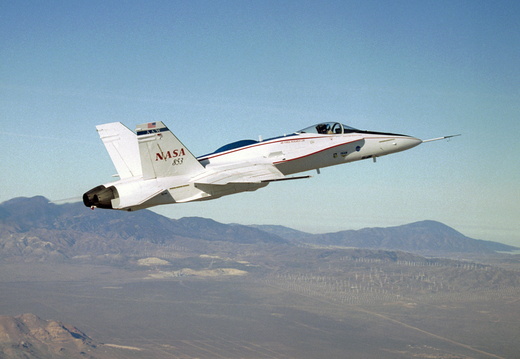
Active Aeroelastic Wing
The program uses a modified F/A-18A Hornet as its testbed aircraft, with wings that were modified to the flexibility of the original pre-production F-18 wing. Other aircraft modifications include a new actuator to operate the outboard portion of a divided leading edge flap over a greater range and rate, and a research flight control system to host the aeroelastic wing control laws.
AAW flight tests began in November, 2002 with checkout and parameter-identification flights. Based on data obtained during 50 research flights over a five-month period, new AAW flight control software was then developed over the following year. A second series of research flights began in late 2004 evaluated the AAW concept in a real-world flight environment, using the newly created control laws in the aircaft's research flight control computer. About 45 research missions were flown over a four-month period in the second phase of flight testing that concluded in March, 2005. Extensive analysis of data acquired during the project is continuing at NASA Dryden.
The Active Aeroelastic Wing Program is jointly funded and managed by the Air Force Research Laboratory and NASA Dryden Flight Research Center, with Boeing's Phantom Works as prime contractor for wing modifications and flight control software development. The F/A-18A aircraft was provided by the Naval Aviation Systems Test Team and modified for its research role by NASA Dryden technicians.

Chase Aircraft

F-18 SRA
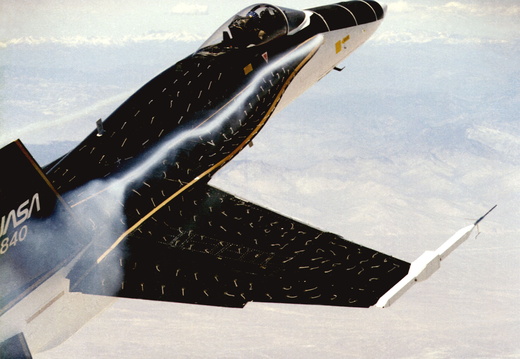
HARV
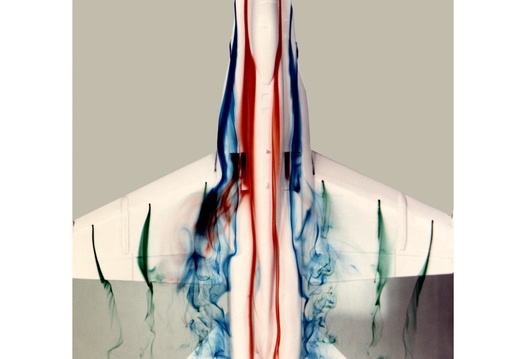
Flow Visualization Facility
The Water Tunnel at NASA's Dryden Flight Research Center, Edwards, CA, became operational in 1983 when Dryden was a
Flight Research Facility under the management of the Ames Research Center in Mountain View, CA. As a medium for visualizing fluid flow, water has played a significant role. Its use dates back to Leonardo da Vinci (1452-1519), the Renaissance Italian engineer, architect, painter, and sculptor. In more recent times, water tunnels have assisted the study of complex flows and flow-field interactions on aircraft shapes that generate strong vortex flows. Flow visualization in water tunnels assists in determining the strength of vortices, their location, and possible methods of controlling them.
The design of the Dryden Water Tunnel imitated that of the Northrop Corporation's tunnel in Hawthorne, CA. Called the Flow Visualization Facility, the Dryden tunnel was built to assist researchers in understanding the aerodynamics of aircraft configured
in such a way that they create strong vortex flows, particularly at high angles of attack. The tunnel provides results that
compare well with data from aircraft in actual flight in another fluid-air. Other uses of the tunnel have included study of how
such flight hardware as antennas, probes, pylons, parachutes, and experimental fixtures affect airflow. The facility has also
been helpful in finding the best locations for emitting smoke from flight vehicles for flow visualization.
